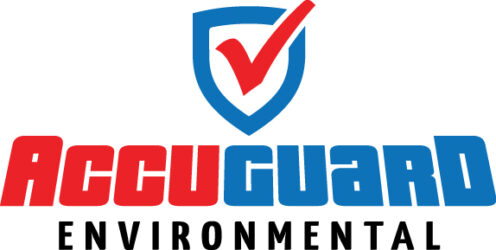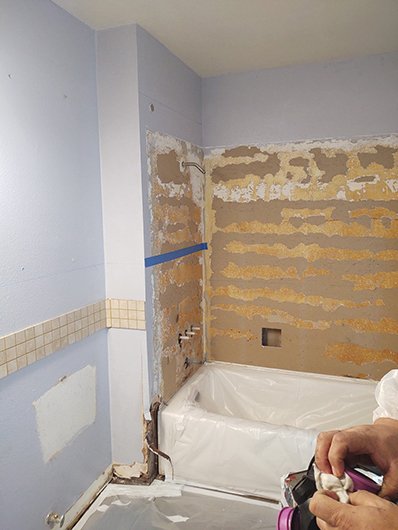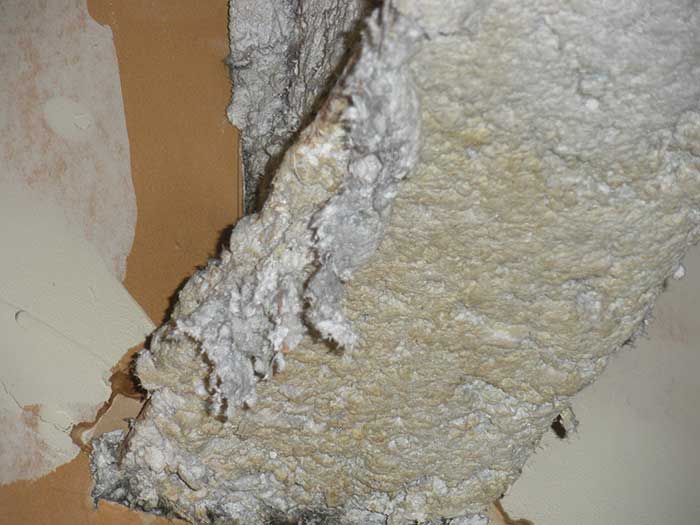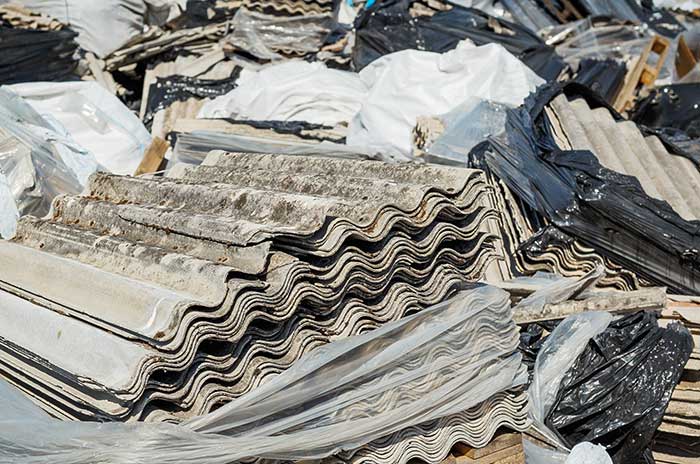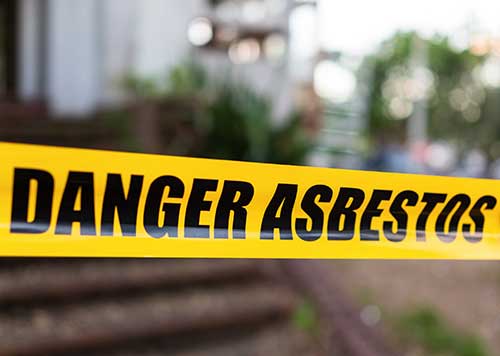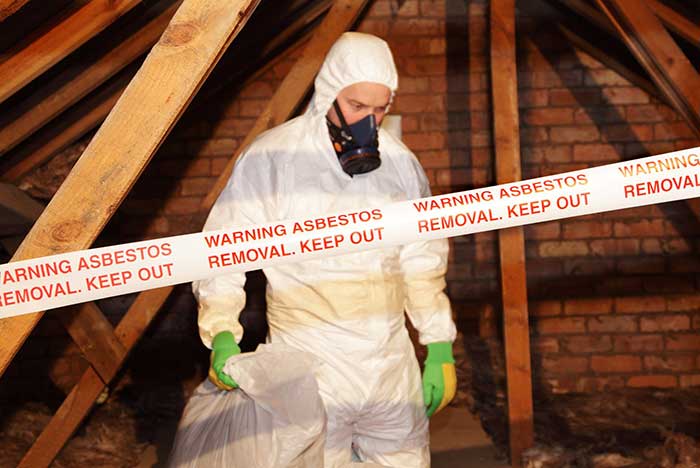When it comes to managing asbestos, there is no room for error. Improper handling of this hazardous material not only poses serious health risks but also exposes businesses to significant legal and financial consequences. A recent incident in Keizer, Oregon, serves as a stark reminder of what can go wrong when proper asbestos protocols are neglected.
The Case in Keizer
The Marker family’s life turned upside-down when a contractor mishandled asbestos during a bathroom repair project in their home. A routine job quickly spiraled into a nine-month ordeal, forcing the family out of their house and into temporary lodging. What began as a two-week repair turned into months of stress, increased expenses, and health risks—all due to the improper management of asbestos-containing materials.
State records revealed that the contractor, McGinnis Enterprises, had violated multiple asbestos regulations. Despite having an accredited asbestos inspector on staff, the company failed to conduct a complete survey, mishandled asbestos-laden debris, and transported it to a landfill without proper labeling. This reckless behavior not only endangered the family’s health but also resulted in an $18,781 fine from the Oregon Department of Environmental Quality (DEQ).
The contractor’s failures led to consequences far beyond the fine. The family had to leave their home unheated through the winter to prevent asbestos particles from circulating. The ceiling deteriorated as a result, requiring extensive repairs. The emotional toll, coupled with months of living out of motels and cars, was immeasurable.
Legal and Financial Ramifications for Businesses
This case shines a spotlight on the severe repercussions businesses face when asbestos regulations are not followed. Some of the key consequences include:
- Hefty Fines: Regulatory agencies like the DEQ impose significant penalties for non-compliance. The McGinnis case’s $18,781 fine is just a fraction of what companies can face.
- Reputational Damage: When businesses cut corners, their reputation suffers. Clients lose trust, and securing future contracts becomes more challenging.
- Legal Liabilities: Mishandling asbestos can result in lawsuits from affected homeowners, employees, or even regulatory bodies. The legal costs of such cases can far exceed initial project budgets.
- Project Delays and Costs: Improper practices often lead to prolonged timelines and increased expenses as damages are rectified.
The Importance of Hiring Licensed Professionals
The Keizer case underscores the critical need to hire licensed and certified professionals for asbestos-related projects. Proper asbestos abatement involves detailed inspections, safe removal processes, and compliance with strict regulations for disposal. Only trained and licensed experts can ensure these steps are handled correctly, protecting clients, employees, and the environment.
Businesses must also invest in continued training for their teams and prioritize adherence to industry standards. These measures are not only ethical but also cost-effective in the long run.
Protect Public Health and Avoid Costly Mistakes
To all contractors and business owners managing construction or renovation projects, the lessons from the Keizer case are crystal clear. Mishandling asbestos isn’t just a regulatory breach; it’s a public health hazard with far-reaching consequences. Cutting corners may save time in the short term, but the long-term costs in fines, repairs, and reputational damage far outweigh any initial savings.
At AccuGuard Environmental, we specialize in asbestos inspections. Our licensed professionals are committed to handling every project with care and precision, ensuring safety and regulatory adherence from start to finish. Don’t risk the health of your clients or the future of your business. Contact us today to learn how we can help you manage asbestos safely and responsibly.
